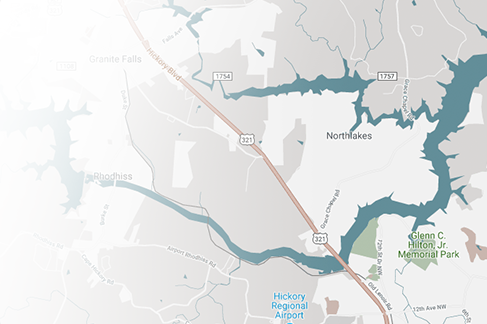Trigger finger is a common problem that can make it difficult for you to use your hands properly. Fortunately, with the right treatment, the function of your affected finger can be restored.
What Is Trigger Finger?
If you have trigger finger, your finger may be stuck in the "bent" position. The finger may also catch or lock when you attempt to straighten it. This condition most commonly affects the ring finger and the thumb.
Causes of Trigger Finger
Within each finger, you have a flexor tendon that allows the finger to bend normally. These tendons are strong cords that connect the bones in your fingers to the muscles in your forearm. They run inside tunnels in the wrist and in the fingers. Trigger finger is caused by inflammation, which narrows the sheath surrounding the flexor tendon in your finger. The first annular pulley, which is also known as the A1 pulley, is the part of the tendon sheath most likely to be involved in trigger finger. It is located close to the head of the metacarpal bone.
Some people are at a greater risk of developing trigger finger than others. Risk factors for trigger finger include:
- Being female
- Diabetes
- Having a job or hobby that involves repetitive gripping actions
- History of surgery for carpal tunnel syndrome
Non-Surgical Treatments for Trigger Finger
The recommended treatment for trigger finger depends on the severity of your condition. However, it is always best to start with non-surgical treatments if possible. Non-surgical treatments that may improve the symptoms of trigger finger include:
- Resting the affected finger
- Specific exercises recommended by your doctor
- Medication to relieve pain
- Steroid injections to bring down the inflammation around the tendon
Non-surgical treatments won't always be effective. Likewise, in some cases where these treatments effectively release the tendon, trigger finger may recur in the future.
Surgical Treatment of Trigger Finger
Trigger finger is unlikely to lead to any serious complications, so surgery is always elective. If you have already tried other treatments, including steroid injections, and you are continuing to experience problems, surgery may be the best option. The goal of surgery is to release the A1 pulley to allow your finger to begin moving normally again.
In some cases, your surgeon may be able to perform percutaneous release, which is a less intensive procedure. To perform this procedure, the surgeon numbs your palm and then uses a strong needle to try to break up the constriction around the tendon. Ultrasound guidance may be used to improve accuracy and reduce the risk of complications.
More severe cases of trigger finger may involve a more intensive tenolysis procedure performed in an operating room. This procedure usually involves an incision made in the base of your finger. During the surgery, the surgeon cuts open the constricted part of the tendon sheath.
Recovering from Trigger Finger Surgery
The recovery from trigger finger surgery is not particularly difficult or challenging. Following trigger finger surgery, you will be encouraged to start moving your finger immediately. In most cases, it will take only a few weeks for the incision to heal.
Trigger finger surgery should always be performed by an experienced, capable surgeon. If you are considering having this procedure, please contact Prime Surgical Suites today to learn more.
At Prime Surgical Suites, we provide state-of-the-art, cost-effective musculoskeletal surgical care in a convenient and comfortable outpatient setting for patients of all ages. Located in RiverCrest Medical Park, we are the region's first outpatient center focused exclusively on orthopedics. Our physician-led center will help restore your active lifestyle and well-being with compassion and orthopedic excellence.
.png?width=200&height=63&name=Prime%20Surgical%20Suites%20Logo-FINAL%20(REV_2_19).png)






